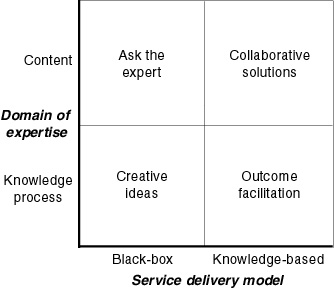Chapter 6: Implementing key client programs
I recently pointed to the launch of the second edition of Developing Knowledge-Based Client Relationships, including the free download of Chapter 1 of the book. Following on from this, the other free chapter from the book is
Chapter 6 – Enhancing Client Relationship Capabilities: Implementing Key Client Programs.
Over the last decade most major organizations have implemented key client programs or strategic account initiatives in various forms. Technology and institutional financial services organizations got there a little earlier in the piece, while most large professional services firms have developed solid initiatives just in the course of this decade.The fundamental issue is how organizations continually enhance their capabilities at client relationships. Whatever their organizational abilities at client relationships, they must develop these further over time. Increasingly the field of play that distinguishes competitors, particularly in professional services, are the firm-wide capabilities in engaging in collaborative, knowledge-based relationships. In this chapter I look in detail at the five domains that organizations must address to enhance their client relationship capabilities, as illustrated in the diagram below.

However the most vital issues are in the realities of how key client programs are successfully established and implemented. The majority of these initiatives experience limited success. The chapter goes into detail on launching programs, selecting key clients, segmentation, remuneration, developing client strategies, establishing client action plans, and more of the nitty-gritty of making key client programs work. Have a read.


